Feb 21, 2025
-
Feb 23, 2025
shenzhen
From February 21 to 23, 2025, the 10th Asian Summit on Cardiac Arrhythmias was grandly held in Shenzhen by the Asian Heart Rhythm Association (AHRA). This medical symposium not only serves as a focal point within the professional domain but also stands as a witness to the collective efforts aimed at propelling global cardiovascular health to new heights. Notably, the pacing forum held on February 21 - 22, highlighted by "Clinical Practices in Cardiac Pacing and Electrophysiology," concentrated on the cutting - edge technologies and the latest research achievements in the field of cardiac pacing.
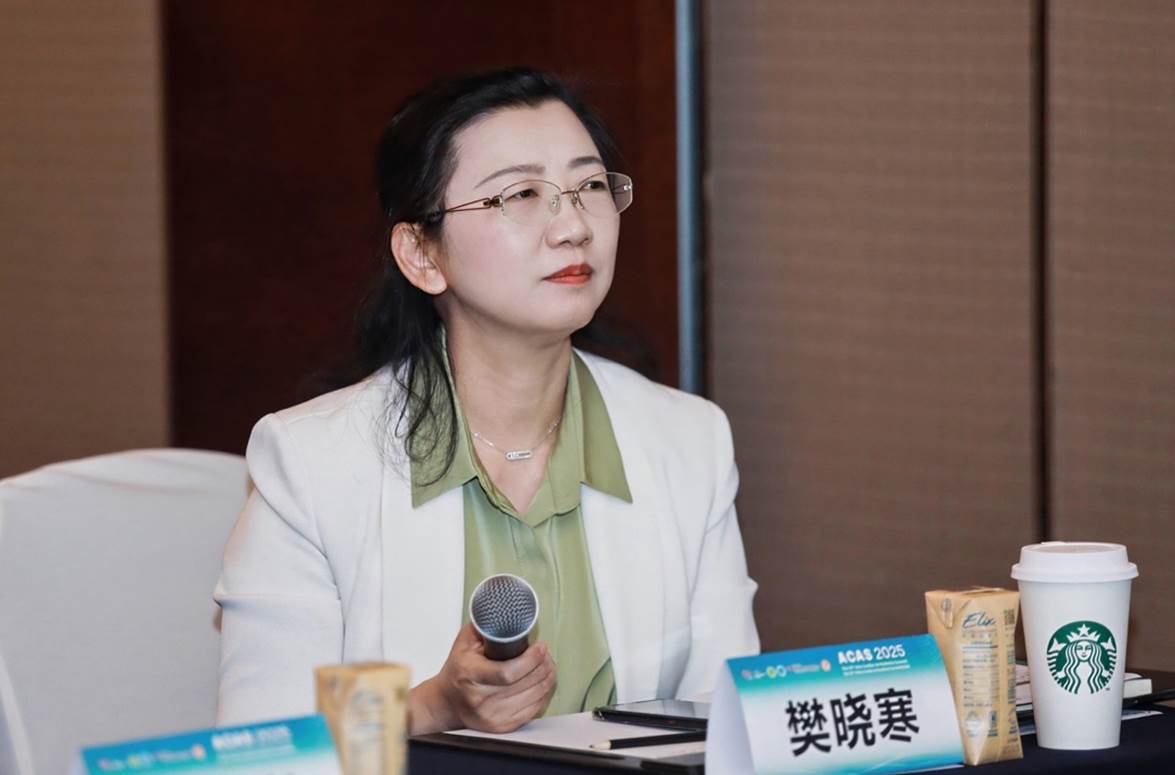
The forum was chaired by Professor Xiaohan Fan from Fuwai Hospital, Chinese Academy of Medical Sciences, who delivered the opening remarks. The forum invited Professor Kang’an Cheng from Peking Union Medical College Hospital, Professor Haixiong Wang from Shanxi Cardiovascular Hospital, Professor Han Jin from Peking University First Hospital, Professor Xianqing Wang from Fuwai Central China Cardiovascular Hospital, Professor Zhimin Liu from Fuwai Hospital, Chinese Academy of Medical Sciences, Professor Chunguang Qiu from the First Affiliated Hospital of Zhengzhou University, Professor Min Shen from the First Affiliated Hospital of Air Force Medical University, Professor Longfu Jiang from Ningbo Second Hospital, Professor Jinrui Guo from Fuwai Yunnan Hospital, Chinese Academy of Medical Sciences, Professor Haitao Yang from Fuwai Central China Cardiovascular Hospital, and Professor Ruxing Wang from the Affiliated Wuxi People's Hospital of Nanjing Medical University to participate in academic lectures. Domestic professors on cardiac pacing shared the latest advancements and clinical practices in cardiac pacing and electrophysiology and presented Asian cardiovascular professionals with a comprehensive and inspiring academic event of exceptional quality.
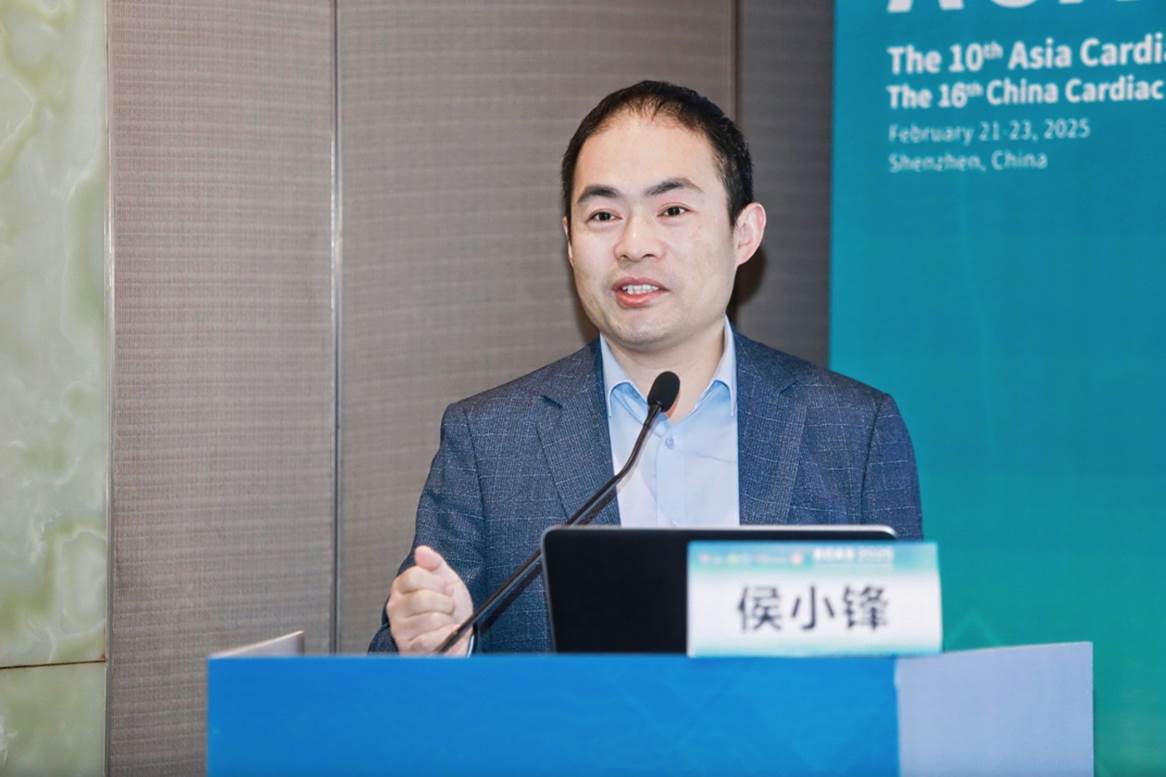
The Session on Emerging Research in Cardiac Pacing featured presentations by multiple experts on the latest advancements in cardiac pacing and electrophysiology. Professor Xiaofeng Hou from Jiangsu Provincial People’s Hospital delivered a lecture titled "The Relationship Between Left Ventricular Activation Time and Cardiac Reverse Remodeling in Heart Failure Patients with Concomitant Left Bundle Branch Block", highlighting the need for standardized research and individualized therapeutic strategies to further validate the clinical applicability of left ventricular activation time in heart failure populations.
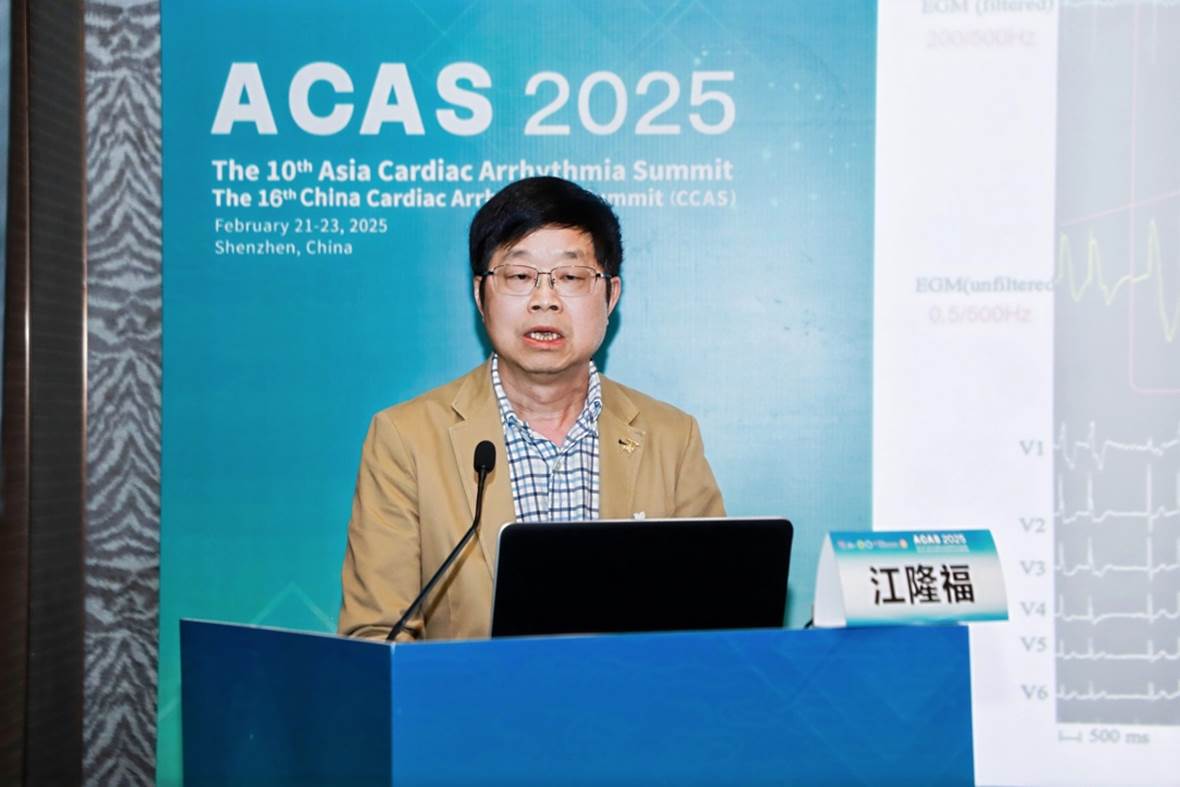
Professor Longfu Jiang from the Department of Cardiology at Ningbo Second Hospital provided an in - depth analysis of the electrophysiological characteristics of intracardiac electrograms during the implantation of left bundle branch pacing leads into the interventricular septum. These characteristics are pivotal for guiding lead positioning and optimizing pacing efficacy.
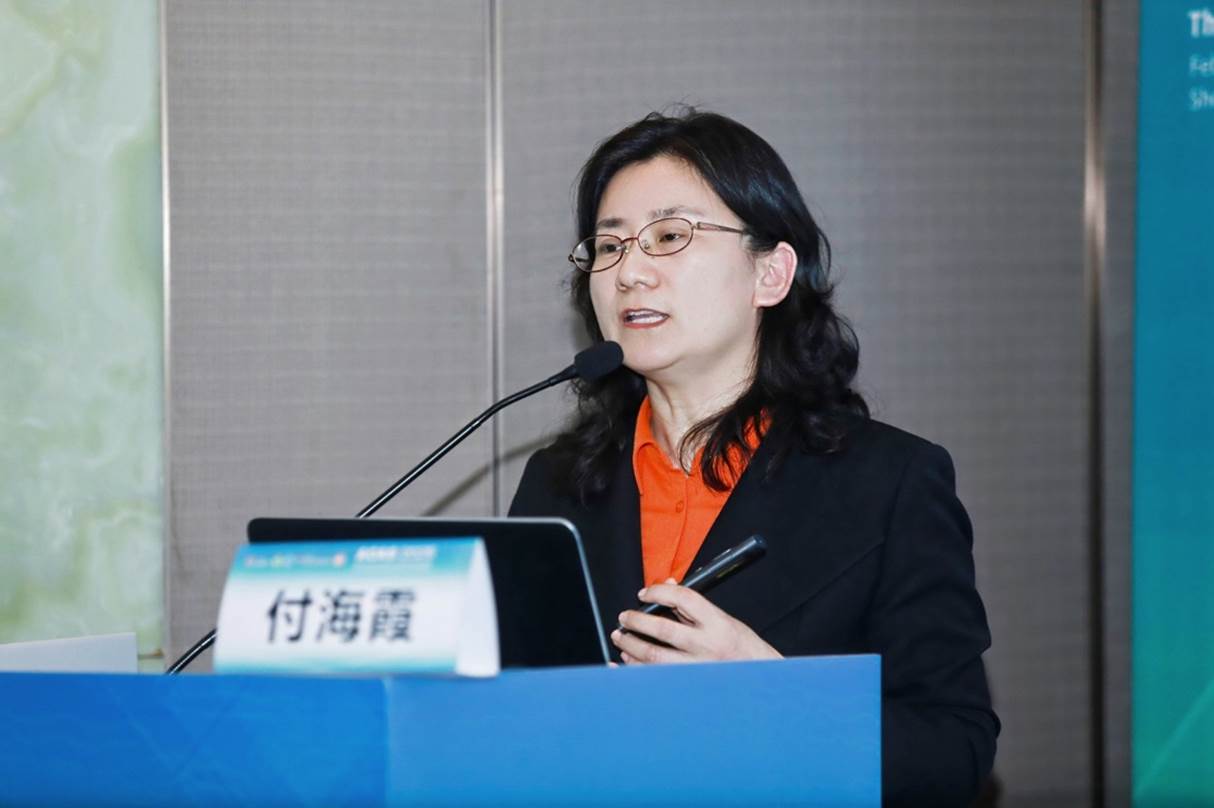
Professor Haixia Fu from Fuwai Central China Cardiovascular Hospital delivered an insightful presentation on the topic of "Permanent Left Bundle Branch Area Pacing in Improving Mitral Regurgitation and Cardiac Function in Patients with Right Bundle Branch Block", analyzing the potential mechanisms by which such improvement may be achieved through improved ventricular synchrony.
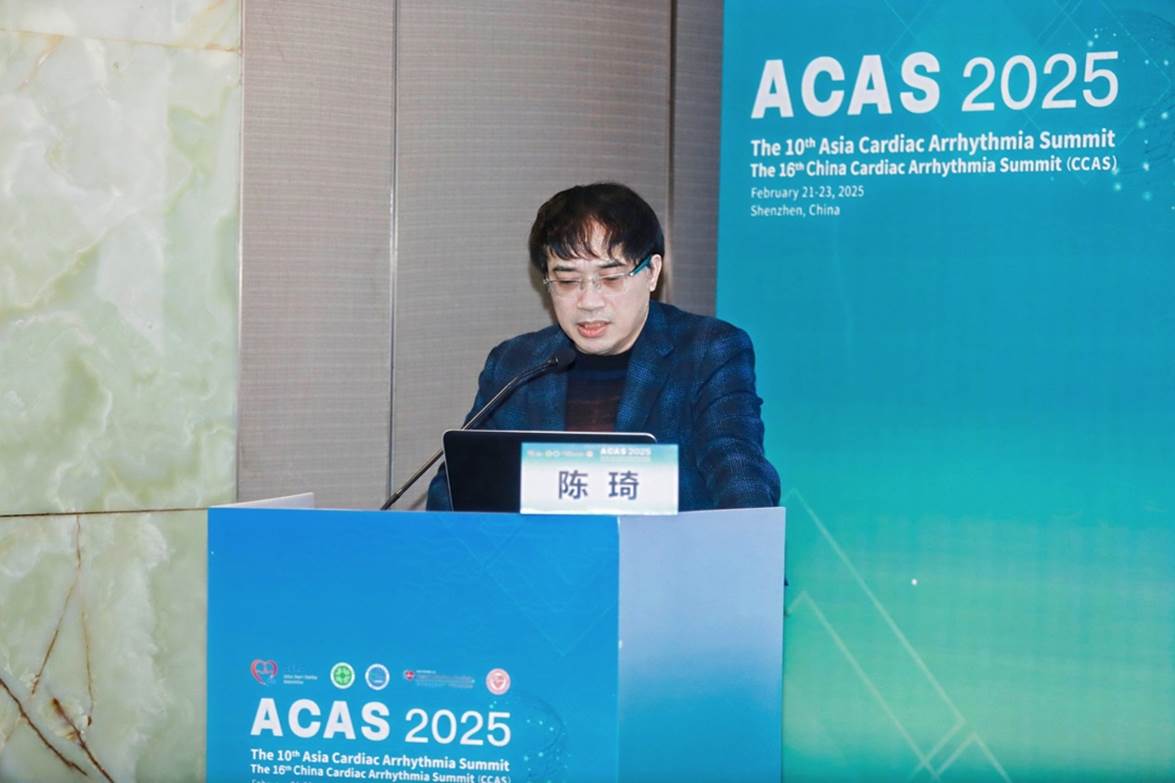
Professor Qi Chen from The Second Affiliated Hospital of Nanchang University summarized the clinical experience in safety evaluation of coronary arteries during left bundle branch area pacing (LBBAP). Given the anatomical proximity of the LBBAP site to the coronary arteries, it is imperative to implement preoperative assessment, intraoperative monitoring, and postoperative follow - up to minimize the risk of coronary artery injury.
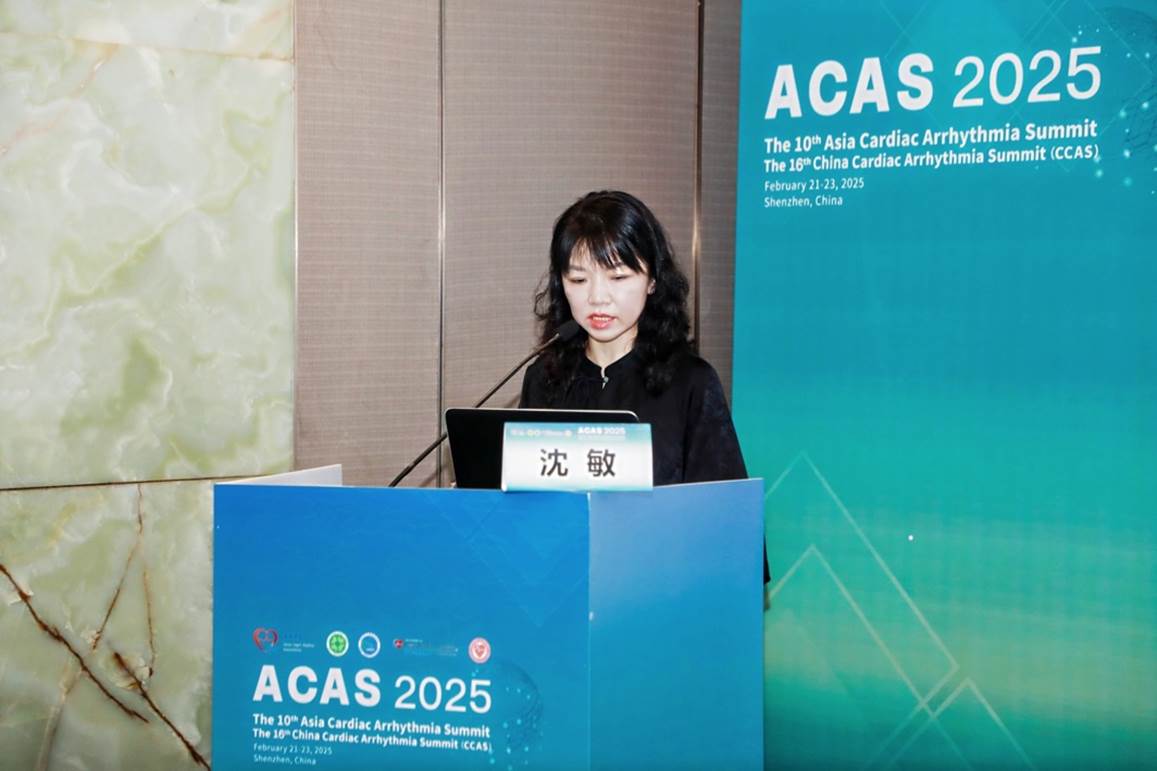
Professor Min Shen from the First Affiliated Hospital of Air Force Medical University presented the strategies and programming protocols for defibrillation therapy integrated with conduction system pacing (CSP). Compared to conventional defibrillation approaches, this strategy imposes higher technical demands on operators. Nevertheless, CSP demonstrates significant potential in alleviating clinical symptoms and facilitating left ventricular reverse remodeling.
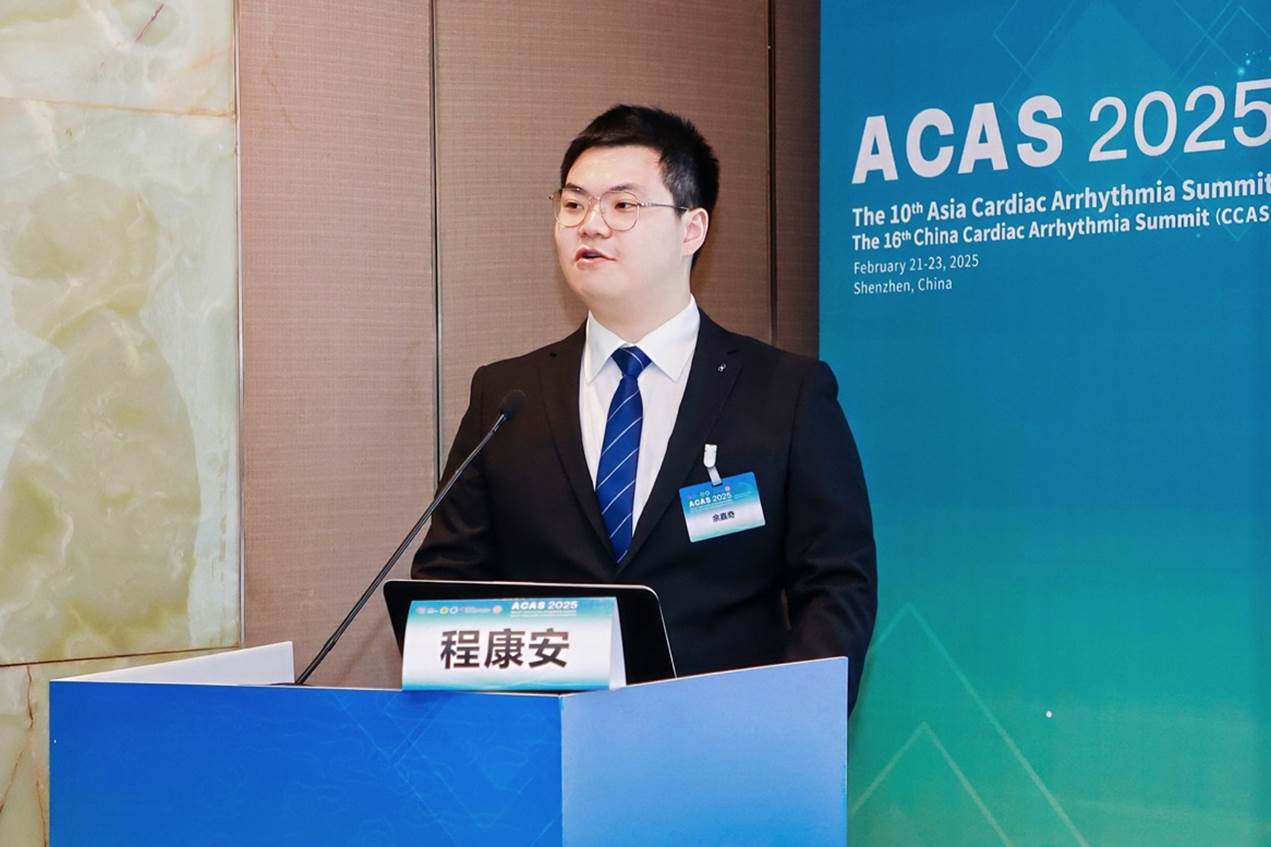
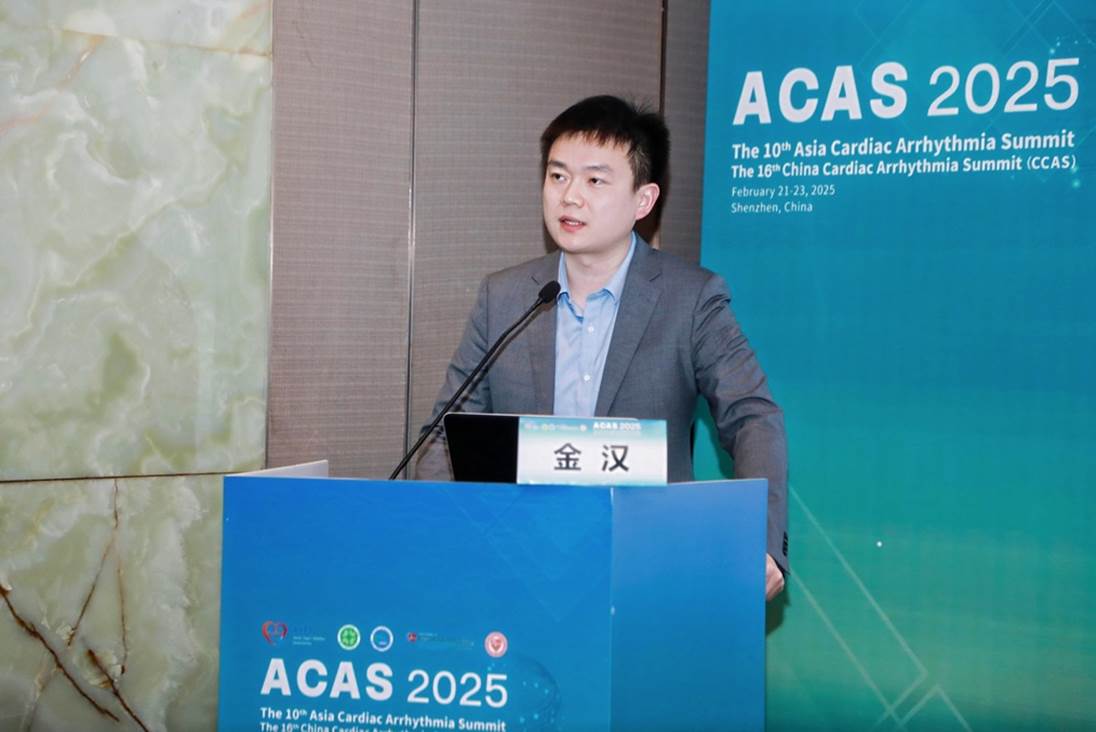
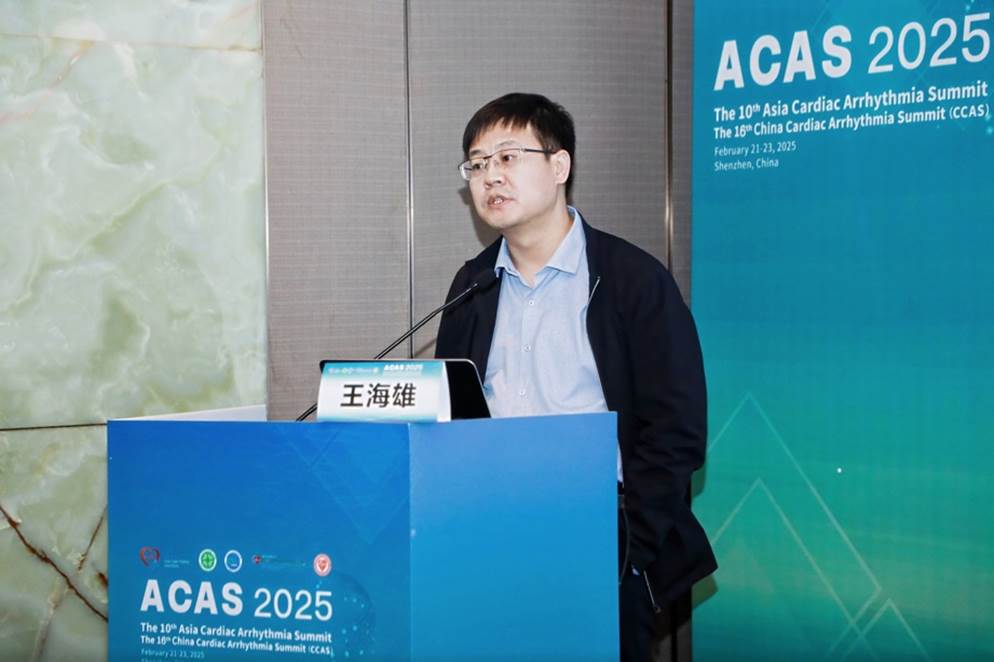
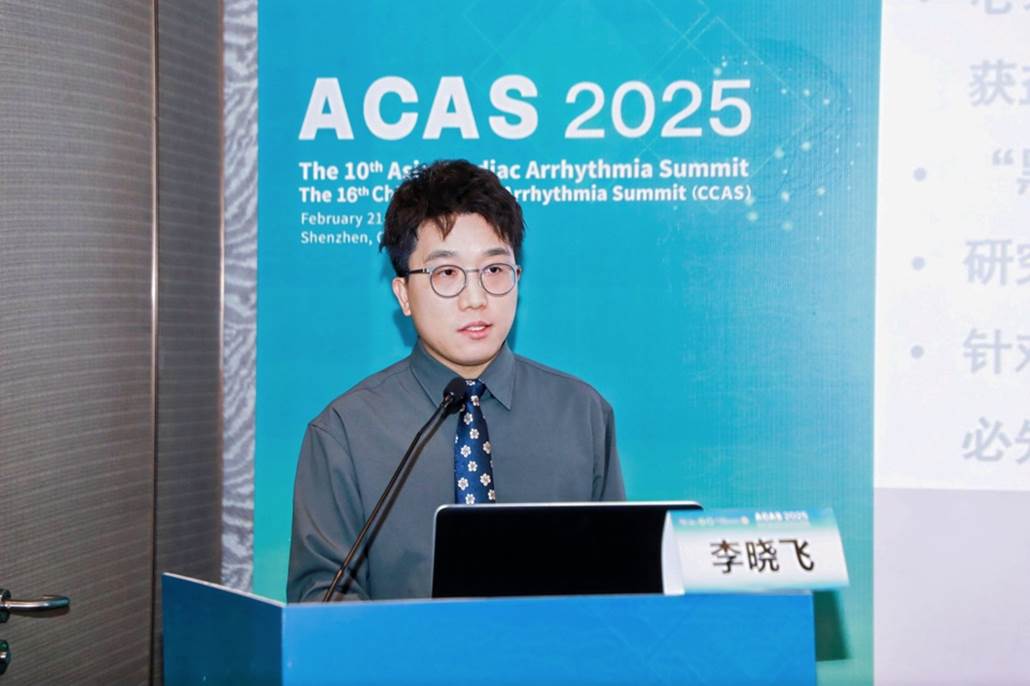
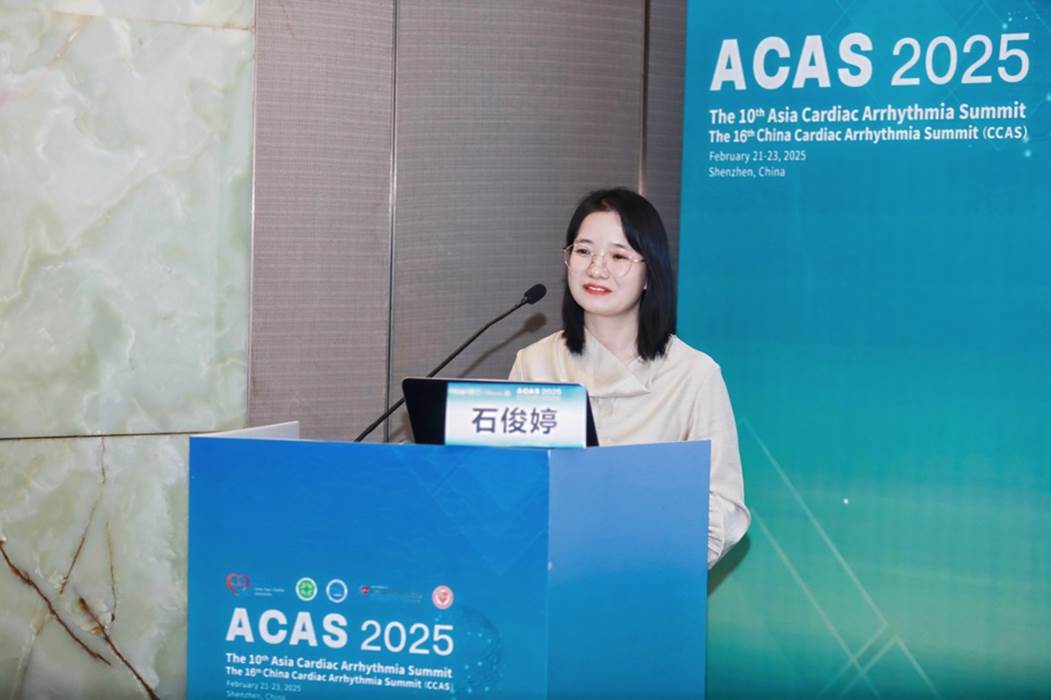
In the first session on Challenging Cases in Device Implantation, Professor Kang’an Cheng (presented by Dr. Yu Jiaqi on behalf of Professor Cheng), Professor Haixiong Wang, Professor Han Jin, Professor Xiaofei Li, and Professor Junting Shi presented clinically demanding cases. These included strategies for conducting left bundle branch pacing in populations such as pregnant women and patients with light - chain cardiac amyloidosis, as well as approaches for cardiac implantable electronic device (CIED) implantation in individuals with cardiomyopathy.
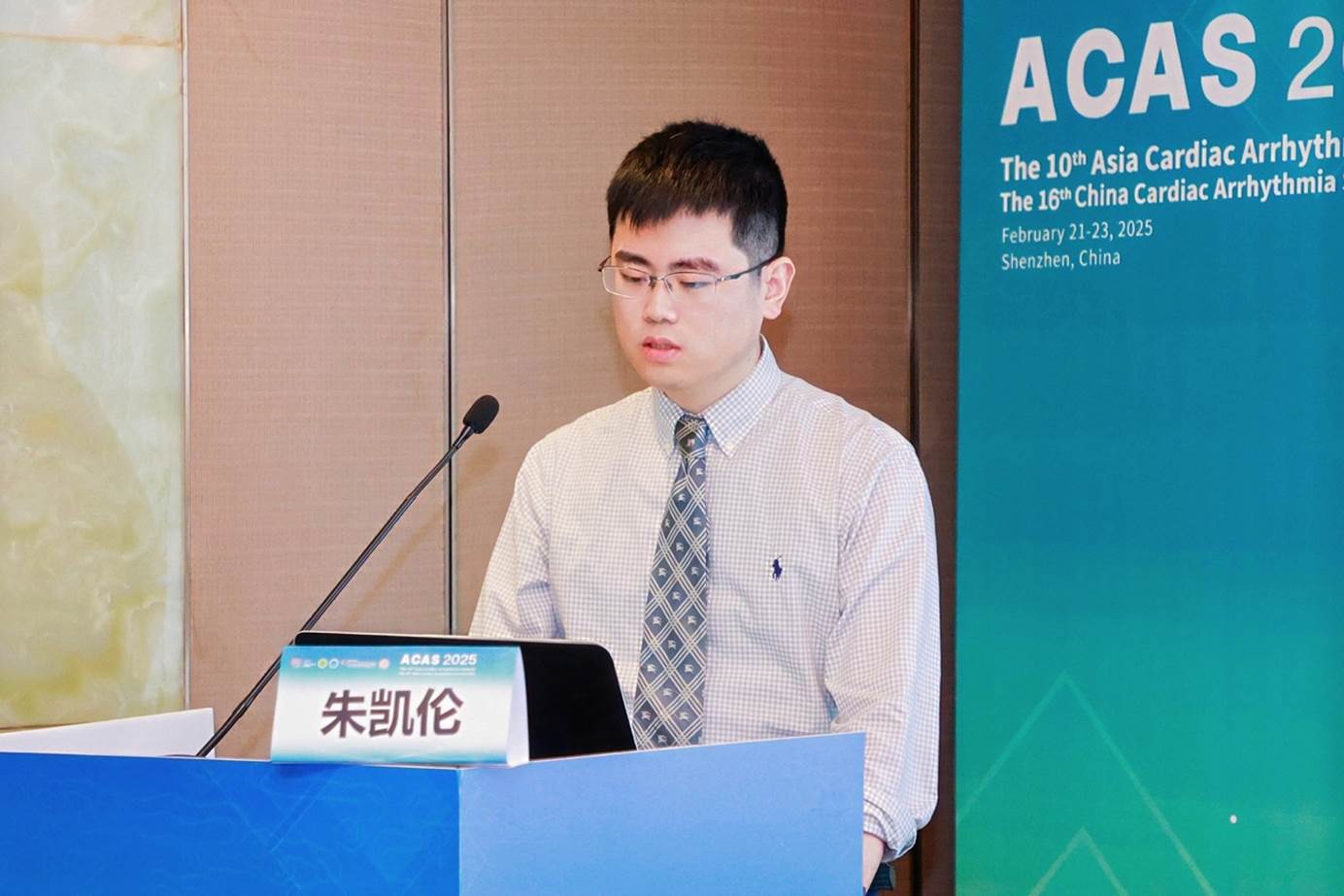
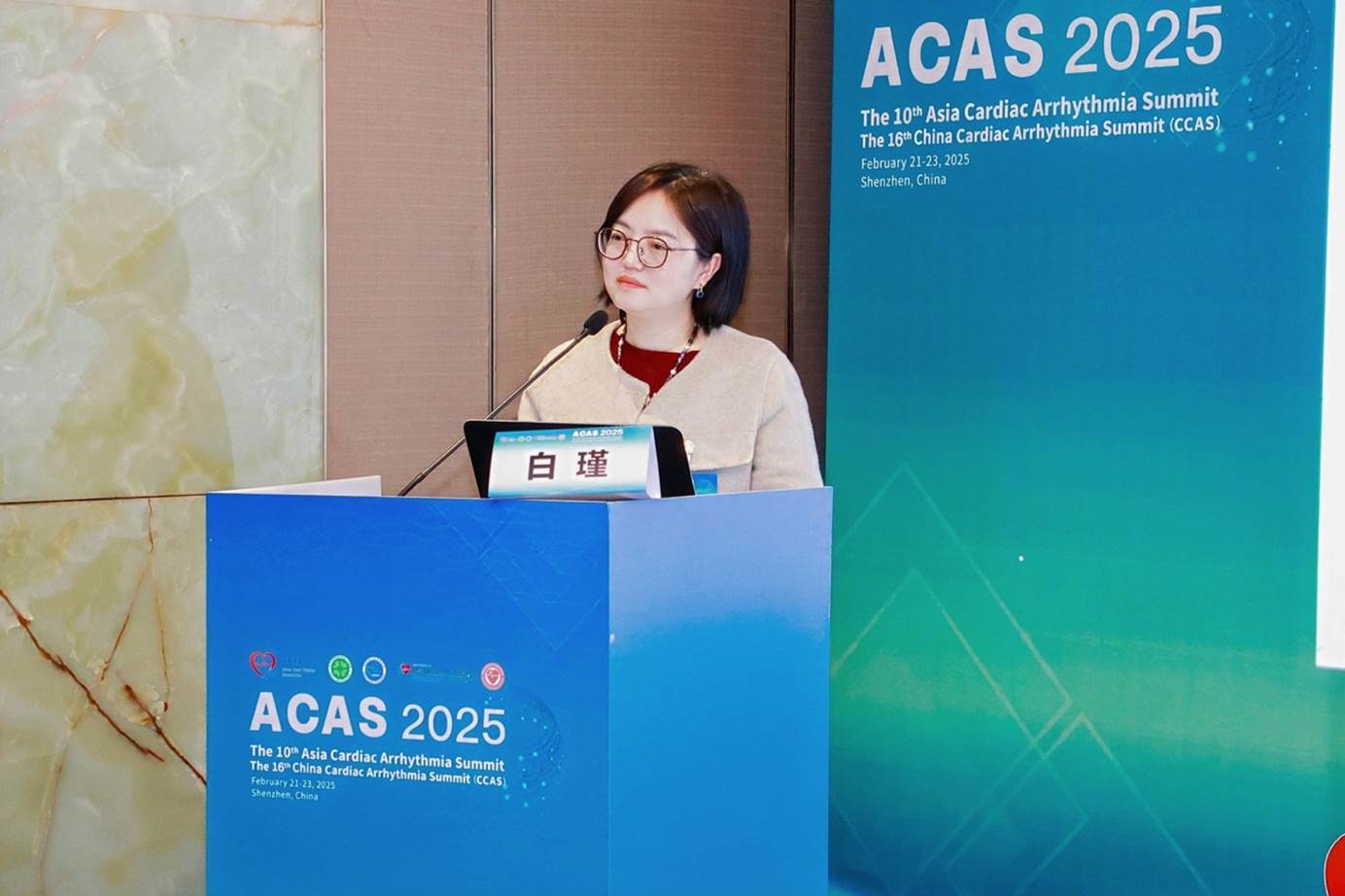
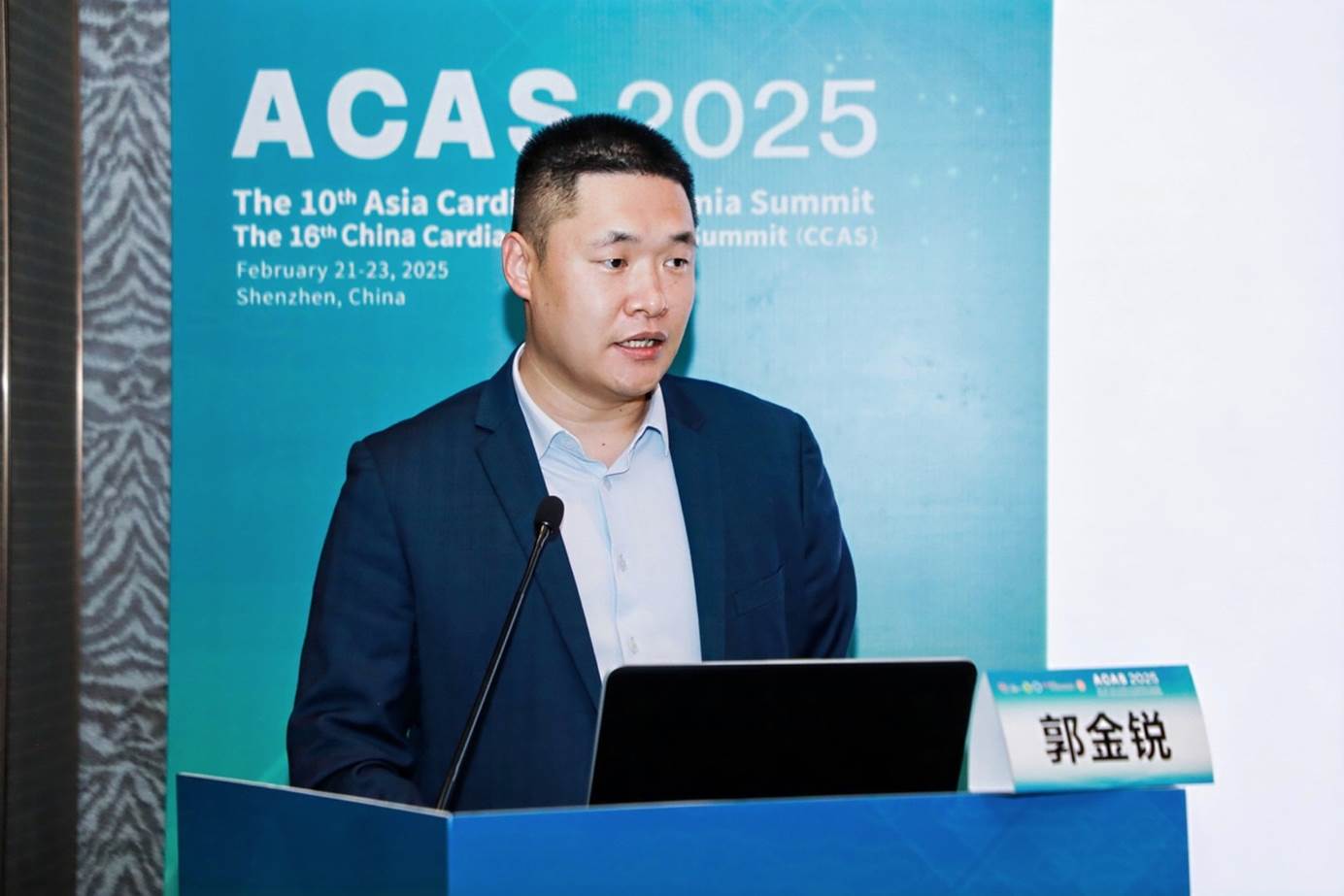
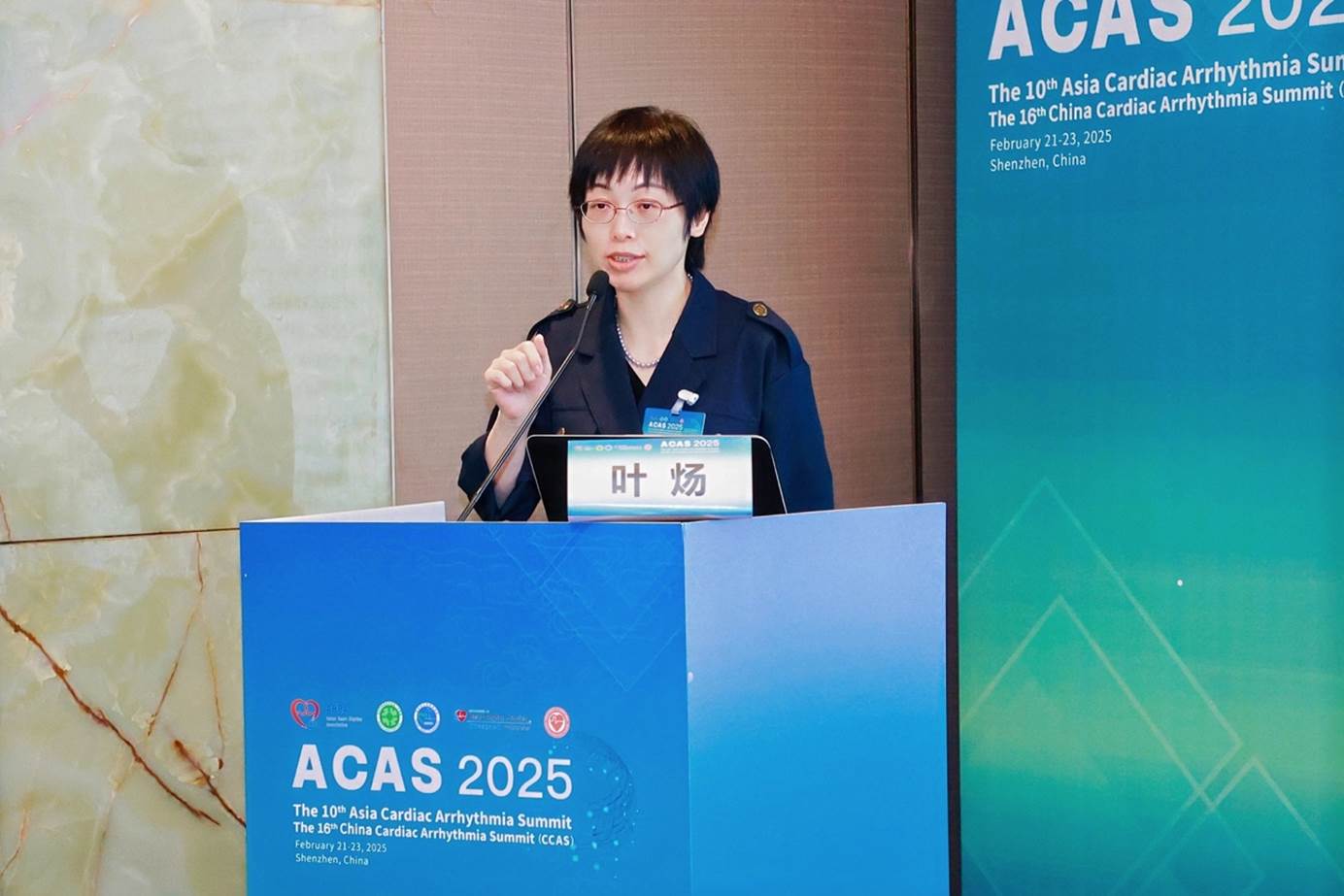
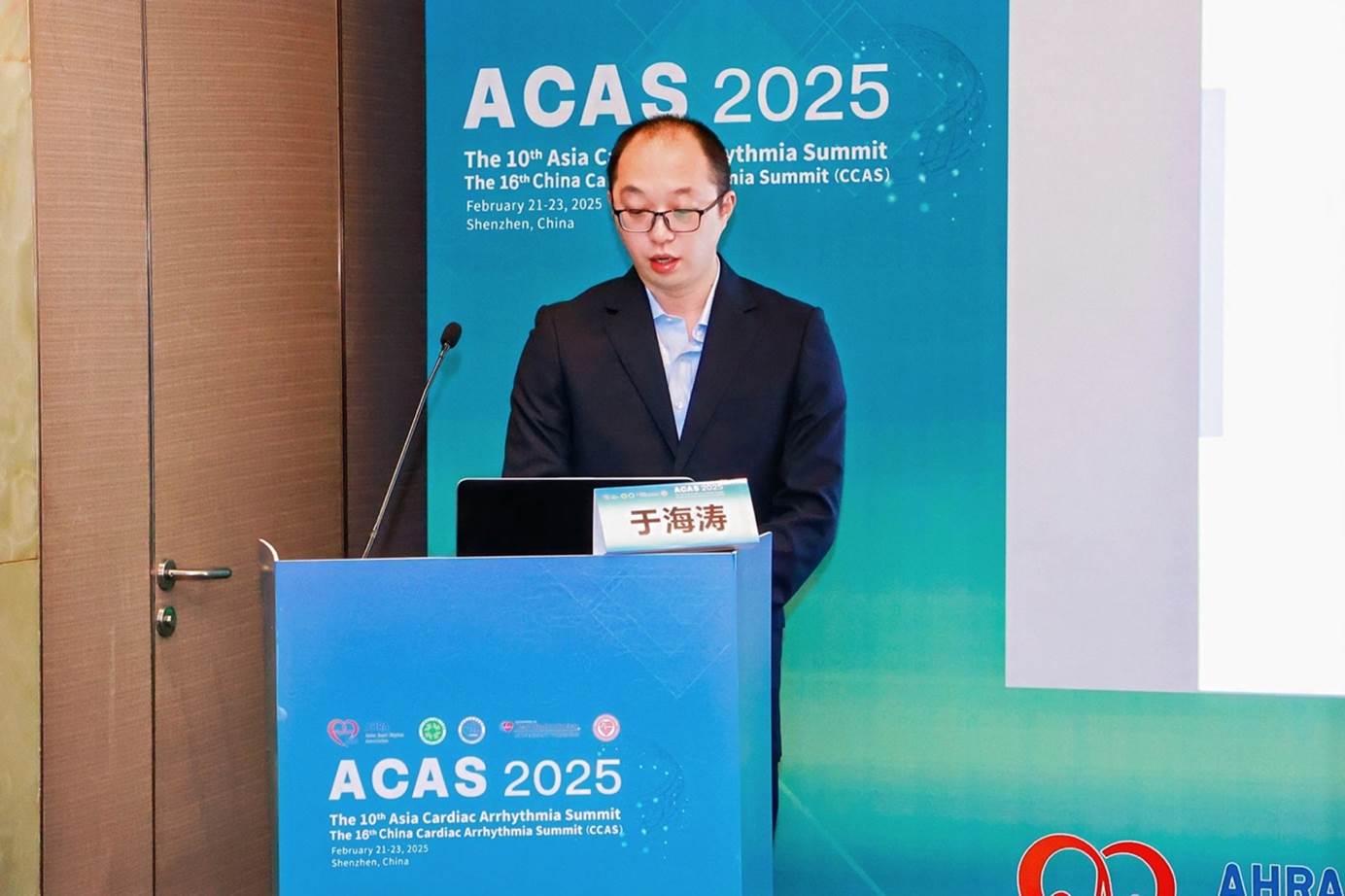
In the second session on Challenging Cases in Device Implantation, Professor Haojie Zhu (presented by Dr. Kailun Zhu on behalf of Professor Haojie Zhu), Professor Jin Bai, Professor Jinrui Guo, Professor Yang Ye, and Professor Haitao Yu elaborated on intricate clinical cases. These included technical challenges in biventricular cardiac resynchronization therapy implantation in patients with enlarged atria, implementation of biventricular septal pacing techniques, intraoperative integration of myocardial biopsy during pacing procedures, and management of acute situations such as pneumothorax and sudden cardiac death encountered during cardiac implantable electronic device implantation.
